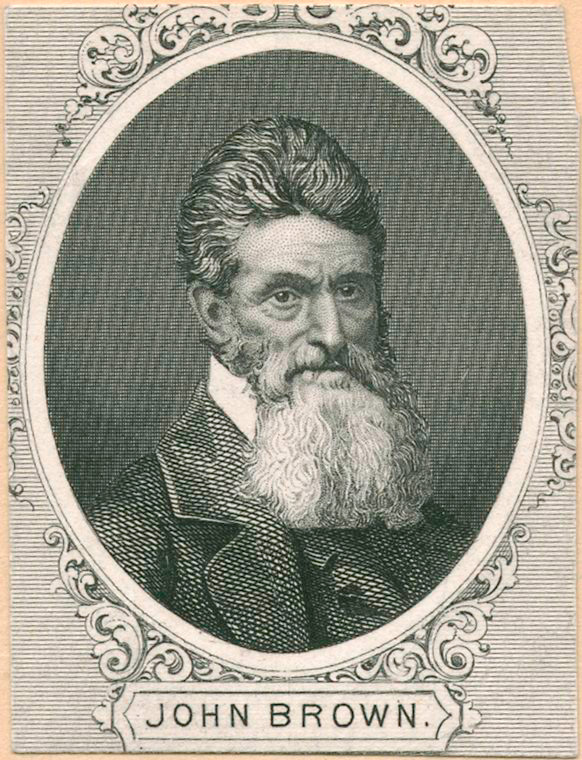Randall’s post on the most boring day in recent history reminded me of a very popular research assignment for high school or early college students. The assignment is to take one day’s  newspaper from nineteenth-century America and draw a portrait of the time based on that document. Students can use other primary and secondary sources to learn about the subjects discussed in the newspaper, but their focus is on that one day.
newspaper from nineteenth-century America and draw a portrait of the time based on that document. Students can use other primary and secondary sources to learn about the subjects discussed in the newspaper, but their focus is on that one day.
This accomplishes a number of things. First of all, it requires the students to learn to use microfilm and to figure out the difference between primary and secondary sources. It also teaches them how to interrogate different types of primary sources, since a little prodding will help them to realize they can use advertisements, as well as news stories, to make inferences about society.
It’s also a good way to help them understand that people living in a time do not necessarily recognize the importance of the same things that historians do. A nineteenth-century newspaper is a jumble of political stories, opinions, the doings of local notables (whom nobody has ever heard of today), stories about the potential for human settlement on the sun, and so on. Often the newspaper will also disrupt what kids think they know: American newspapers in the early 1870s are chock full of calls for war with Spain over Cuba, for example, although textbooks generally miraculously produce the Spanish-American War in 1898.
The assignment also demonstrates that events, literature, science, fashion, and so on, existed together, rather than being separated out as they usually are in textbooks. In the New York Times for December 2, 1859, for example, students would learn about that day’s execution of John Brown, but not in the measured tones of a textbook. The newspaper reported the ejection of several Northern reporters from the railroad cars on their way to the site of the execution, thanks to an arrangement between the governor of Virginia and the president of the railroad. It noted that wild stories of invaders into Virginia were keeping people riled up, and that any local citizens who left his home after dark faced a ten dollar fine—which a student would note was a high fee, 
But the paper did not focus only on the upcoming execution: it also noted the recent discovery of a mastodon jaw in Alton, Illinois, and that, after killing his wife in an alcoholic rage, Frank S. Wright claimed that the murder was her own fault, since—according to Wright—she had been sleeping with his brother.
This assignment gives students a window into history that they already have some tools to use. Most of them have some familiarity with a newspaper, and recognize the difference between an advertisement and legal news. They seem to approach this project with less uncertainty than they do documents or even photographs from the same era.
They also seem to enjoy the assignment.
I should state that this project works very well for nineteenth-century America because newspapers were quite short then—usually no more than eight pages. I’ve done this with earlier American newspapers, too, although they’re a bit harder since they often have a narrower range of stories. Twentieth-century papers would be harder, of course, since they’re much longer. I’ve had no experience with newspapers from other countries, so can’t say how this would translate to other countries.







